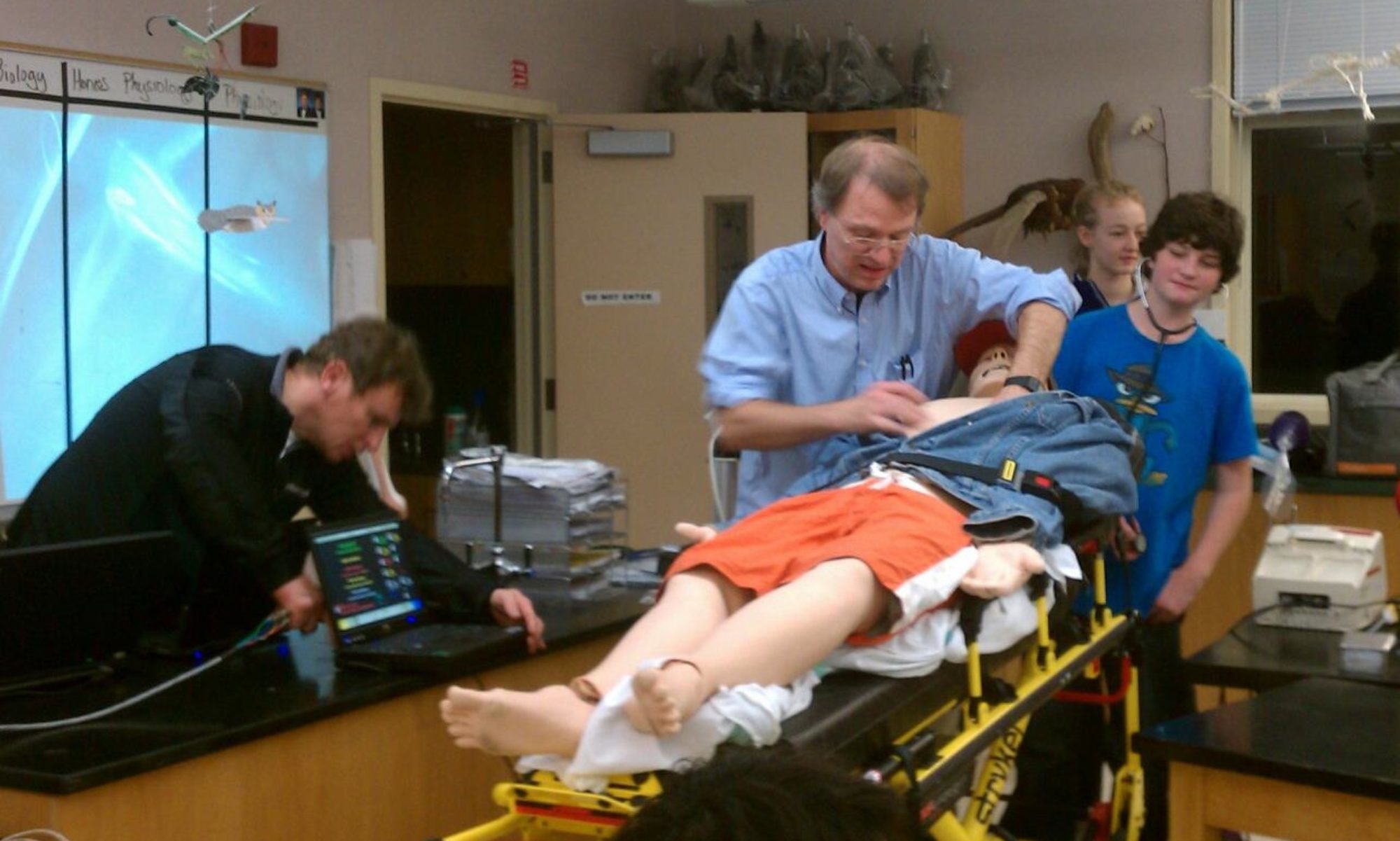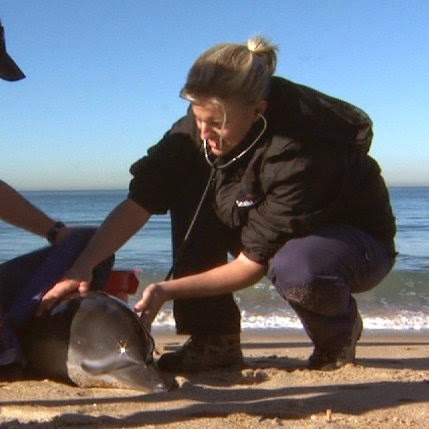 |
| Claire Simeone DVM at work |
Claire Simeone, DVM is a Conservation Medicine Veterinarian at The Marine Mammal Center in Sausalito, California, as well as National Marine Fisheries Service in Washington, DC. In addition to taking care of sick marine mammals that come for treatment at the rehabilitation center, she also travels nationally to respond to Unusual Mortality Events, develops international training programs, and works on the Marine Mammal Health Map, which provides a centralized reporting system for marine mammal health data.
To learn more about her profession, we interviewed her.
1. How did you first get involved in marine biology and the field of veterinary?
2. How was your experience training with SeaWorld San Diego?
Much of what I was taught about marine mammal medicine came from my mentors at SeaWorld San Diego and the Navy Marine Mammal Program.SeaWorld has been in the media spotlight recently, and there are a variety of opinions about marine mammals in captive care. In my experience, the animals receive the highest quality medical care, and each person that works with them is incredibly invested in caring for these animals in the best way possible. Medicine is continually advancing, and one of the best parts of my job is that I get to be a part of the pioneering science that improves the health of marine mammals everywhere.
3. What is your favorite “project” you have worked on within the Marine Mammal Center?
One of the most exciting projects has been to be a part of Ke Kai Ola, our hospital for endangered Hawaiian monk seals. We work with partners like the National Marine Fisheries Service and the Coast Guard to rescue young animals that would otherwise not survive on their own, and rehabilitate them in our hospital. We use the knowledge we’ve gathered over 40 years of caring for other seals like elephant seals and harbor seals, and apply it to working with this rare species. Since our hospital opened in 2014, we have rehabilitated more than 1% of the entire population. The best news is that during their last estimate, it looks like the population is starting to increase! This is an amazing way for me to be a part of a project that is literally saving a species.
4. What are the best parts of your job? What are the worst?
There are so many amazing parts of this job! First, every day is different. I never know if I’ll be performing surgery in the hospital, or presenting at a scientific conference, or examining a healthy seal in the wilds of Alaska.
Second, I’m lucky to be able to work with such interesting animals. In addition to being entertaining characters, they’re always teaching us something new about themselves, or the ocean. Third, I love being able to share our science and discoveries with the world. So many of the things my fellow scientists are working on are fascinating, and I am thankful that I’m in a position to share this with so many people.The most difficult part of my job is dealing with the realities of working with sick animals and a sick ocean. We can’t save every animal, and sometimes working with so many sick animals can be sad and overwhelming. That’s why I work to balance negativity with positive conservation stories.
5. Why are you so passionate about ocean conservation?
As we become a global society, our Earth is becoming a smaller place. It used to feel as though our oceans were limitless, with unending stocks of fish. We are now acutely aware that we humans have a significant impact on the ocean. Many of the patients we see at The Marine Mammal Center are impacted by human actions – entangled in ocean trash or struck by a ship.But just as we have the capacity to have a negative impact, we also have the capacity to save our oceans. Marine mammals hold secrets about human health, and the health of the ocean. I feel a responsibility to share these secrets so that every person has the information they need to conserve this planet we share.
6. What advice would you give to someone who aspires to work in a similar field?
It’s a big job to save the ocean! We need lots of people working hard on many different projects. My biggest advice would be to stay open-minded about possibilities. I knew I loved biology, but it was a Spanish teacher who suggested I do an exchange during high school, and now I use Spanish when I work on international marine mammal projects. You never know how your skills will come in handy in the future. Get out there and volunteer at places that are doing interesting work. The Marine Mammal Center has a Youth Crew program for students ages 15-18, and allows you to get hands on experience rehabilitating marine mammals.
Learn more at: http://www.marinemammalcenter.org/Get-Involved/volunteer/youth-crew/
Lean more about Claire Simeone at Marin Science Seminar here: http://www.marinscienceseminar.com/speakers/csimeone.html


